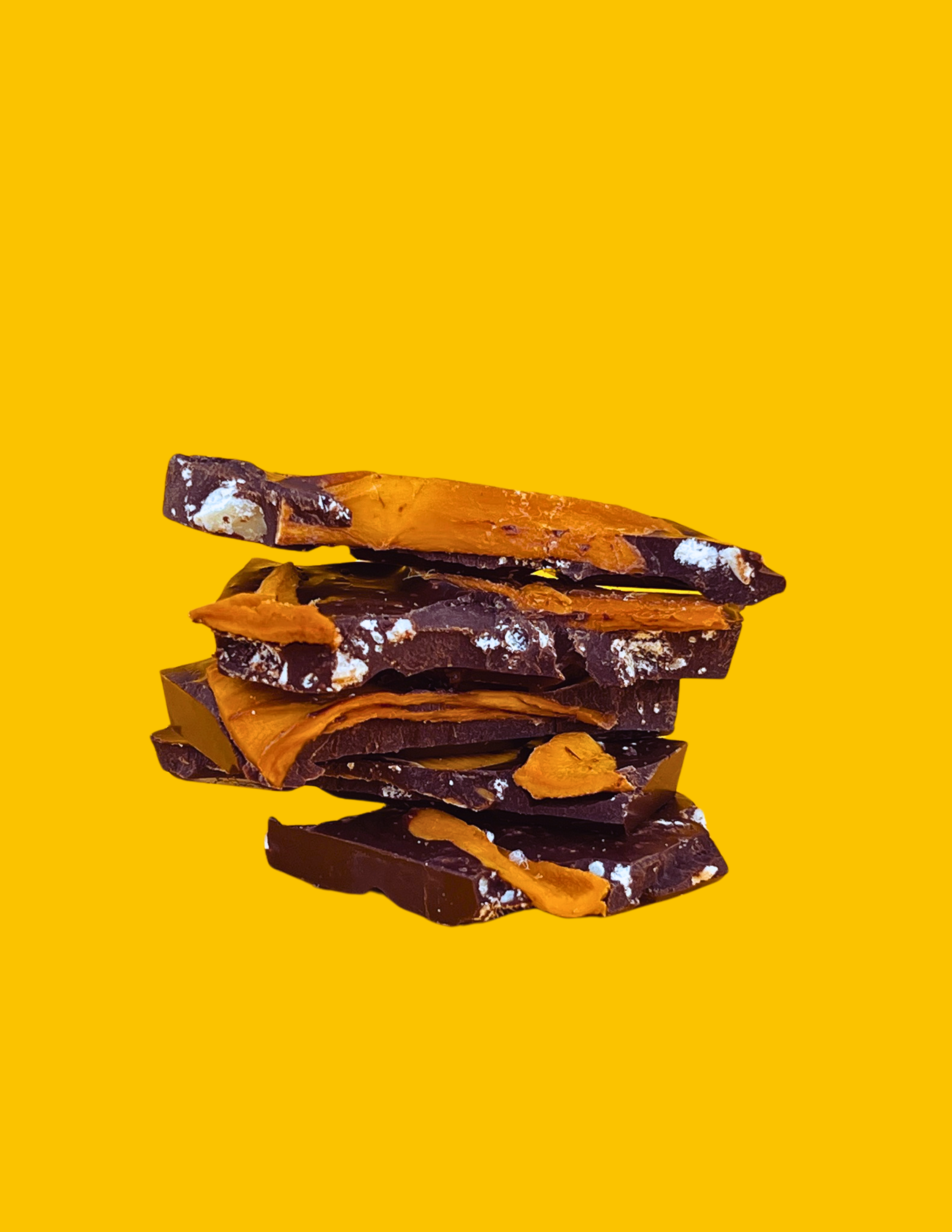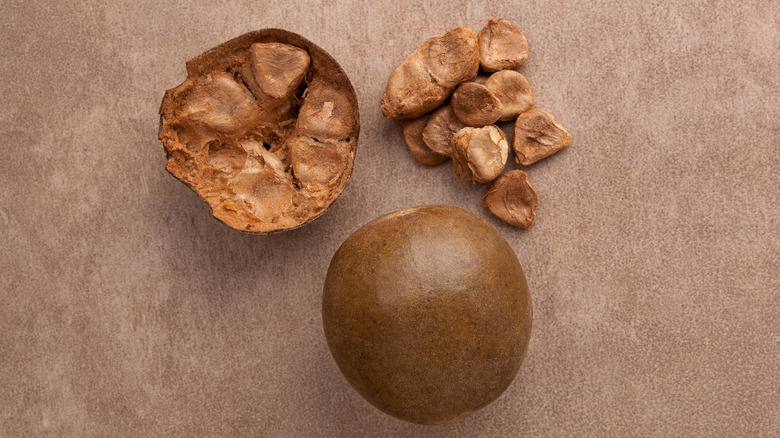
The only sweetener we use
MONK FRUIT PLANT: CULTIVATED BY MONKS
Monk fruit is a plant, also known as Luo Han Guo, first mentioned in the records of 13th-century Buddhist monks in southern China.
It is said that monk fruit is named after these Buddhist monks who first cultivated the fruit over 800 years ago; revolutionizing sweetness forever.

SWEETNESS WITHOUT THE CALORIES OR SUGAR
As these monks began to experiment with monk fruit, they realized it held a sweetness far surpassing sugar, and without any of the side effects of sugar.
They started utilizing monk fruit in their herbal concoctions; not only to sweeten their medicines, but to also harness its potential health benefits.
ANTIOXIDANT PACKED WITH MEDICINAL PROPERTIES
Antioxidants are what give monk fruit, or Luo Han Guo, its sweetness.
You get a 0 sugar, 0 calorie sweetener that is giving your body incredible antioxidants while you get to enjoy your favorite foods.
NATURALLY SWEETER THAN SUGAR
Extracted from the dried fruit, monk fruit sweetener, known as mogrosides, can be anywhere from 250-400 times sweeter than sugar, yet contain no calories!
THIS is what we mean by guilt-free indulgence and how we can have a higher cacao percentage dark chocolate that still has incredible antioxidant-packed sweetness.
ARE YOU REALLY EATING MONK FRUIT?
If you think you’ve tried monk fruit, guess again!
Monk fruit is difficult and expensive to source (trust us: we know - and ours is organic!) Companies promote and label their products as monk fruit sweetened, but it’s typically a tiny fraction of what is used.
Instead, companies are hiding sugar alcohols in their ingredient list.
Every time we have checked a product’s ingredient list, especially if we react to the product, we not only always have find erythritol or another sugar alcohol listed that was not advertised, but also, the sugar alcohol is always the first sweetener listed in the ingredient list, meaning it’s the dominant sweetener used.
How a company labels their product on the package:

Their ingredient list: once again, labeling "monk fruit sweetener" yet, erythritol is the first ingredient in their sweetener blend.

Their nutrition label - 5 grams of sugar alcohol (erythritol) per serving!

Since one serving is 2 cups (30 grams) and there's 5 grams of sugar alcohol in the 30 grams, that means 1/6, or almost 17%, of the cups are sugar alcohols.
Misleading right!?
Additionally, when looking for a sweetener replacement for baking, packages claiming to be a mixture such as Erythritol/Monk Fruit or Xylitol/Monk Fruit, will advertise their blends as a 1-to-1 sugar replacement.
This means they could be using ~1% or less of monk fruit since the monk fruit plant is 250-400 times sweetener than sugar. With pure monk fruit, a fraction is needed to replace sugar.
THE ONUS IS ON THE CONSUMER
Companies are clever in their packaging & marketing so we as consumers need to verify.
If you experience:
Digestive upset when consuming a food/drink
Cooling in the mouth/throat
Always check:
- the ingredient list carefully
- the nutrition panel for grams of sugar alcohol per serving (the amount may shock you - especially if you thought there'd be zero)
Sugar alcohols can give unpleasant side effects, which is one of reasons KAKO Chocolates was born!
THE SWEETENER THAT LOVES YOU BACK
Monk fruit is the sweetener first cultivated by Buddhist monks over 800 years with antioxidant & medicinal properties. 0 sugar, 0 calories, and without the side effects of sugar or sugar alcohols; monk fruit has revolutionized sugar and is the only sweetener that loves you back.
Oh, did we mention our monk fruit is organic?
Yup, it truly doesn't get better.
Here's to your health AND enjoyment!
Love,
Katrina

